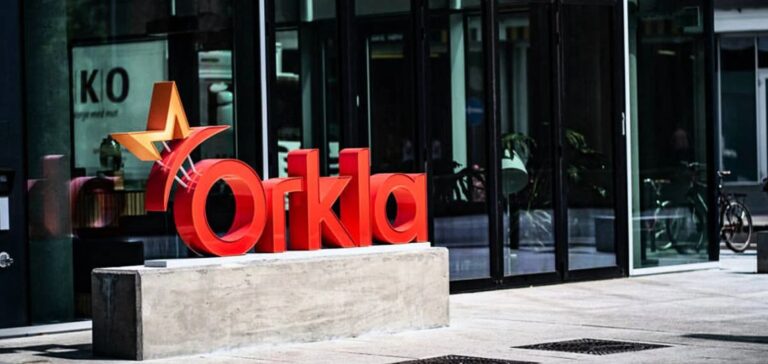Norwegian conglomerate Orkla, known for its investments in brands and consumer goods, has entered into agreements to sell its entire portfolio of hydropower assets. These transactions, divided among multiple buyers, value the portfolio at NOK 6.1 billion (on a cash- and debt-free basis).
The divested assets include three entities wholly owned by Orkla: Sarpsfoss Limited, Orkla Energi AS (85% owner of AS Saudefaldene), and Trælandsfos Holding AS. Together, these entities encompass a significant production capacity, primarily based on run-of-the-river hydroelectric installations.
The buyers and the assets involved
Hafslund AS, in partnership with Svartisen Holding AS, is acquiring Sarpsfoss Limited. This entity operates hydropower plants located in Sarpefossen and Mossefossen, with a combined average annual production of 536 GWh.
Additionally, Å Energi is purchasing Orkla Energi AS and Trælandsfos Holding AS. These assets include the Saudefaldene facilities, whose production rights are under a lease agreement until 2030, at which point ownership will transfer to Statkraft in exchange for regulated compensation. These facilities generate an annual output of 1,860 GWh, with 1,072 GWh under fixed delivery commitments. Trælandsfos contributes an additional 61 GWh.
A strategic alignment
The decision to divest this portfolio aligns with a strategy announced during the Capital Markets Day in November 2023. At that time, Orkla expressed its intention to simplify operations and maximize value creation from its hydropower assets, including through a potential sale.
“Orkla is an industrial investment company with a clear focus on brands and consumers. By selling the hydropower portfolio, we reduce complexity and deliver on our communicated strategy,” said Nils K. Selte, Orkla’s President and CEO.
Substantial accounting gains
The sale is expected to generate an estimated accounting gain of approximately NOK 5 billion for Orkla. While this transaction represents a strategic move for the group, it remains subject to approval by the competition authorities and the Norwegian Ministry of Energy. The transactions are expected to close by the third quarter of 2025.
In connection with these transactions, DNB Markets, a division of DNB Bank ASA, acted as financial adviser, while the legal support was provided by Wiersholm law firm.






















